North-west of Riyadh are 2 towns, which lie on a former pilgrim’s route to Mecca, where the old mud brick houses have been partly restored during the last years and are interesting to visit.
On the way we stopped at a supermarket, but soon were friendly asked to leave, as it was praying hour and they were closing for 30 minutes.
We first came to Shaqra, where we could stroll through the streets but also enter some restored houses. There was also a square with shops and a café, but everything was closed in the afternoon.
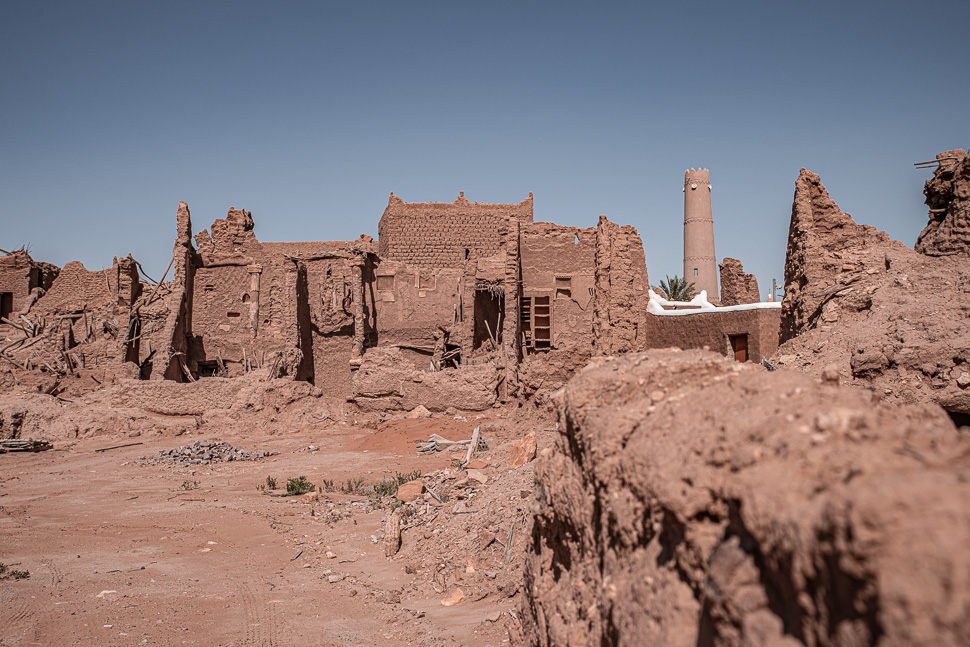
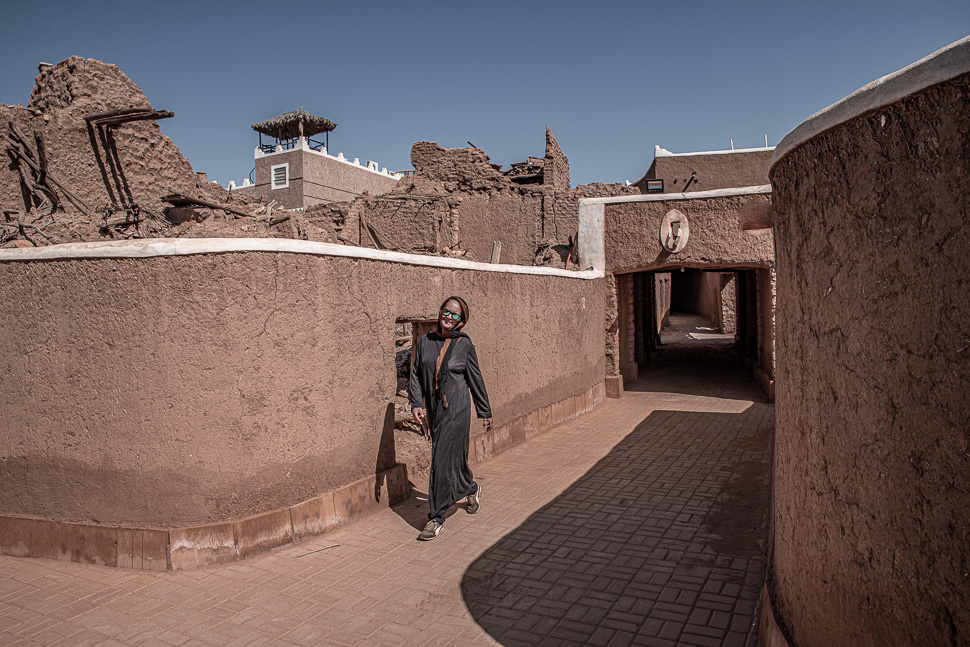
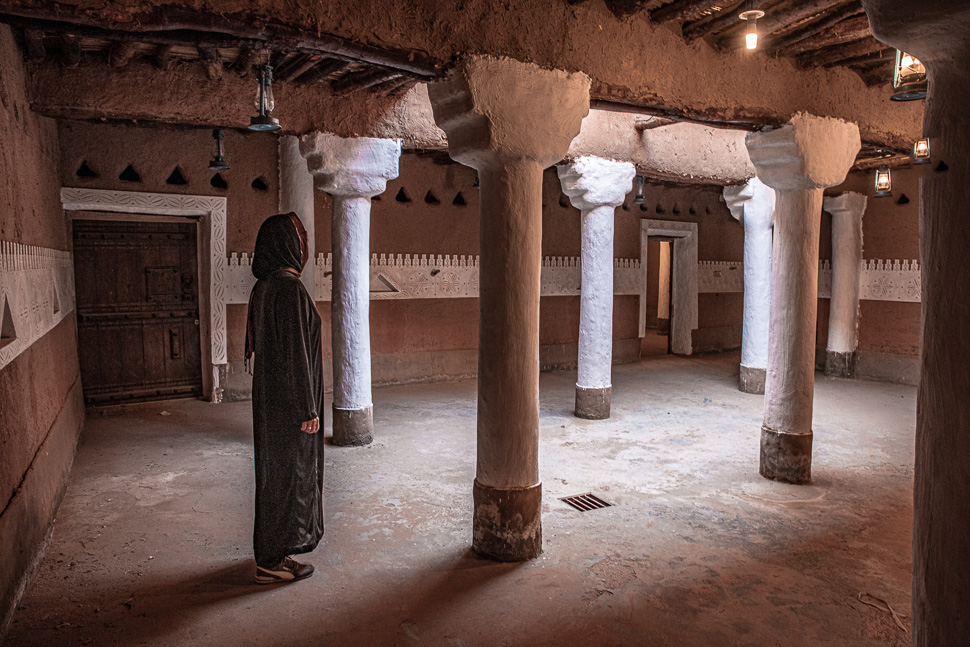
We could visit this restored house and walk up 2 sets of stairs to the roof, from where we had a great view over the old town.
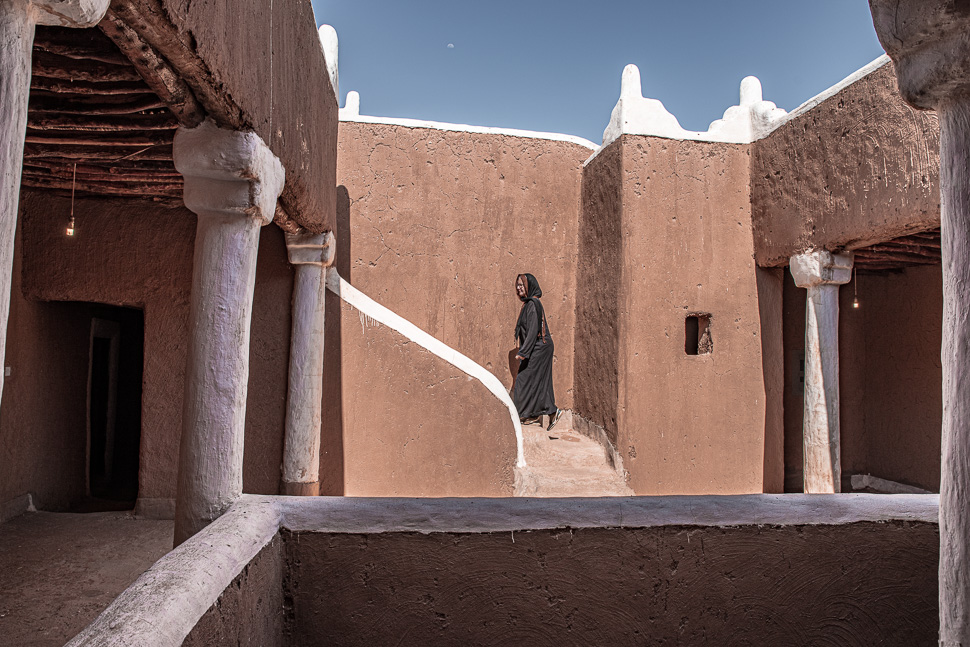
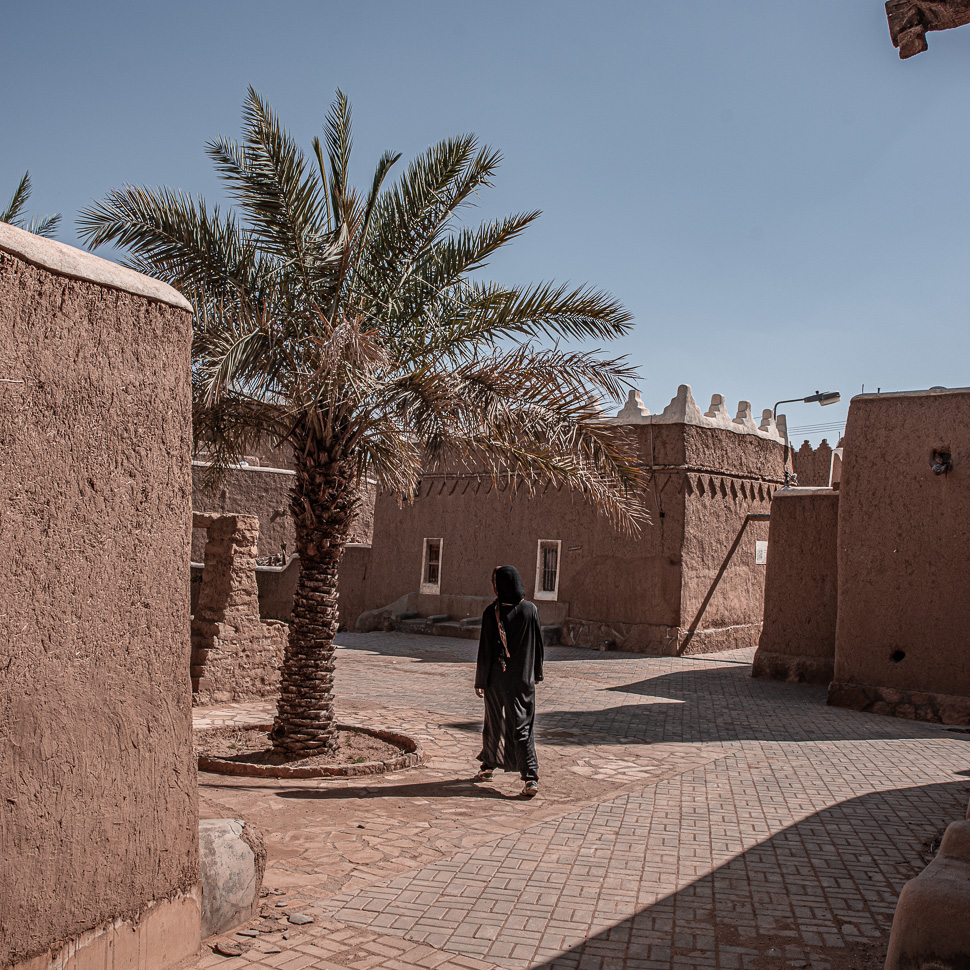
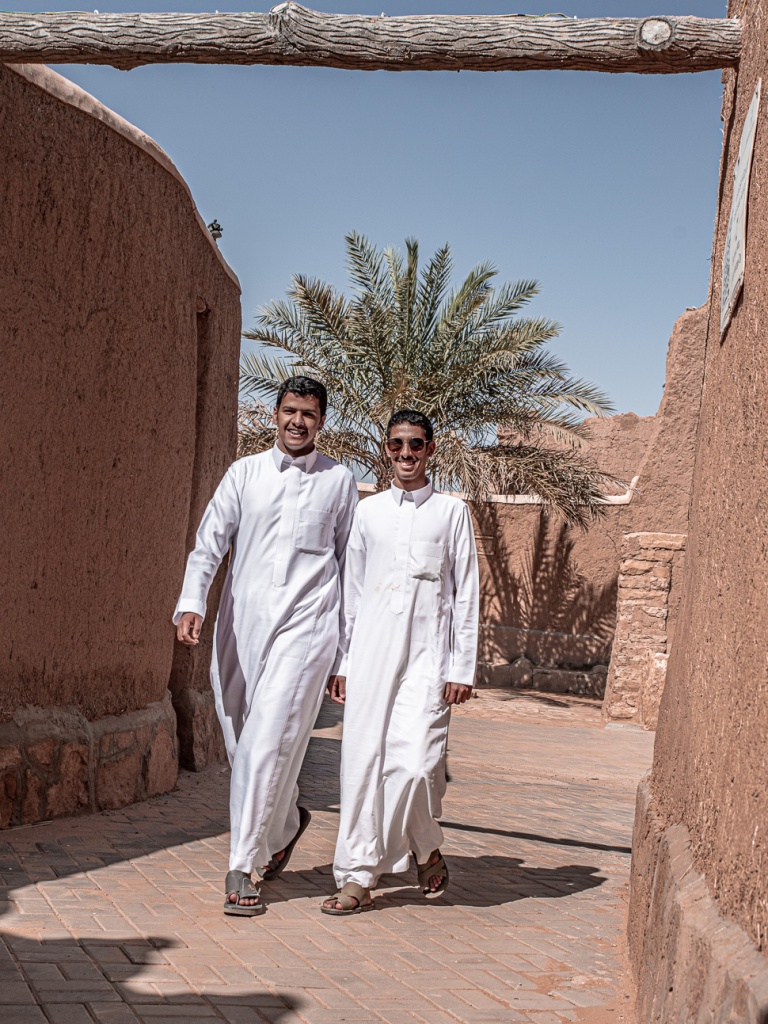
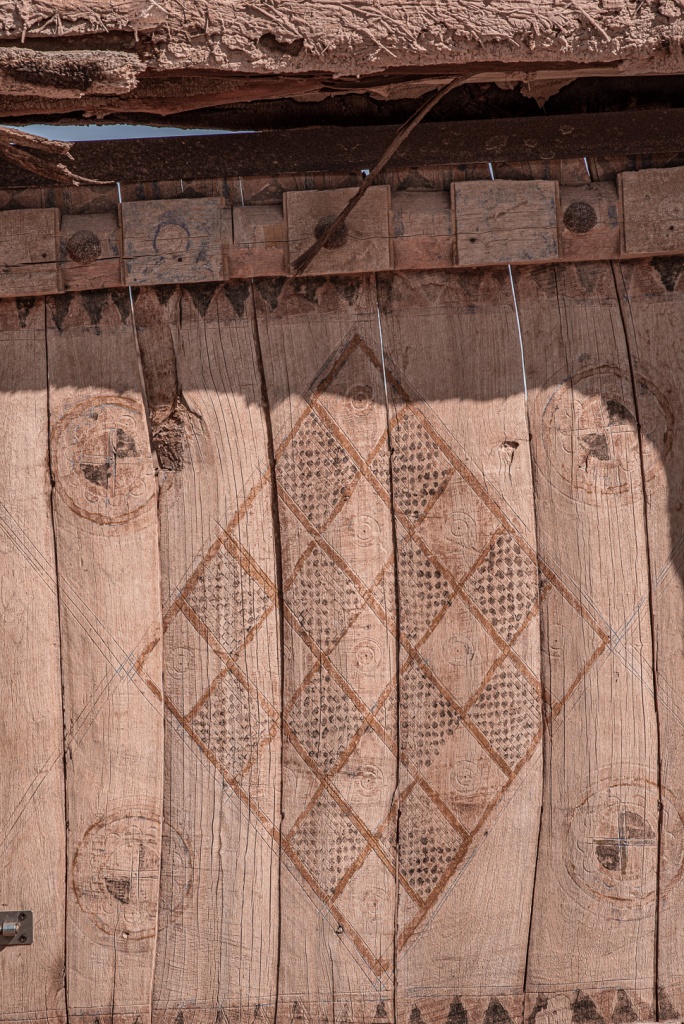
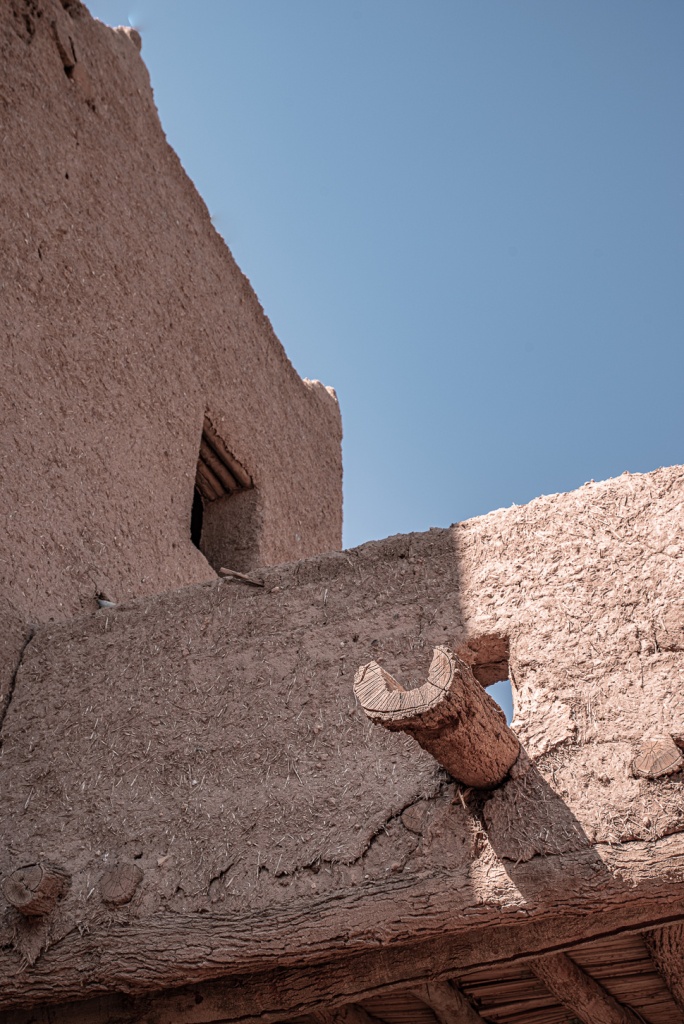
Our next stop was at Ushayqir, where even parts of the old city wall were rebuilt. Some of the restored houses were really beautiful, and we strolled through the narrow streets until we reached the walled gardens with palm trees.
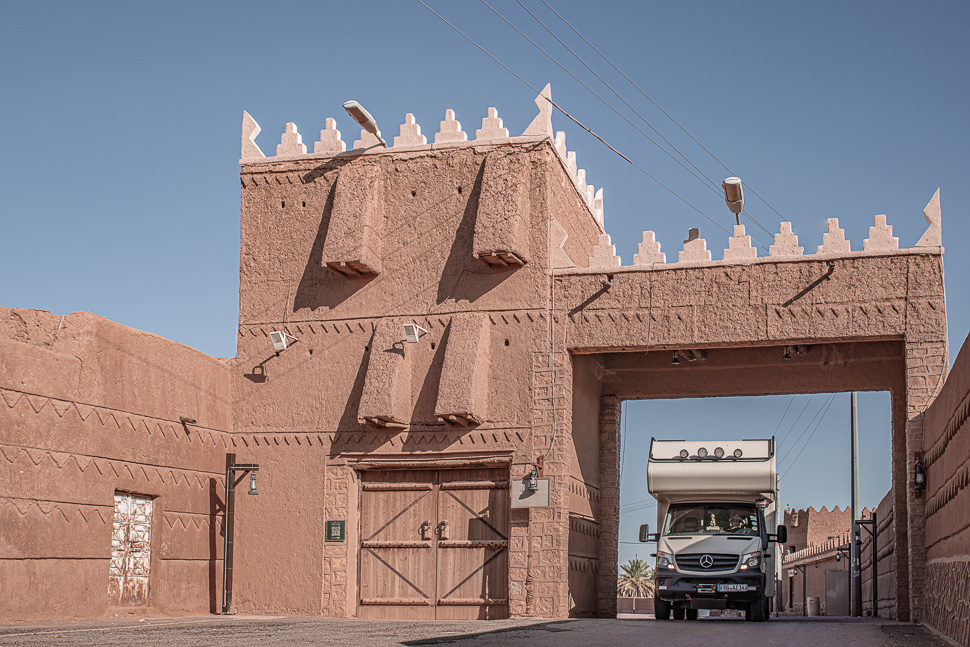
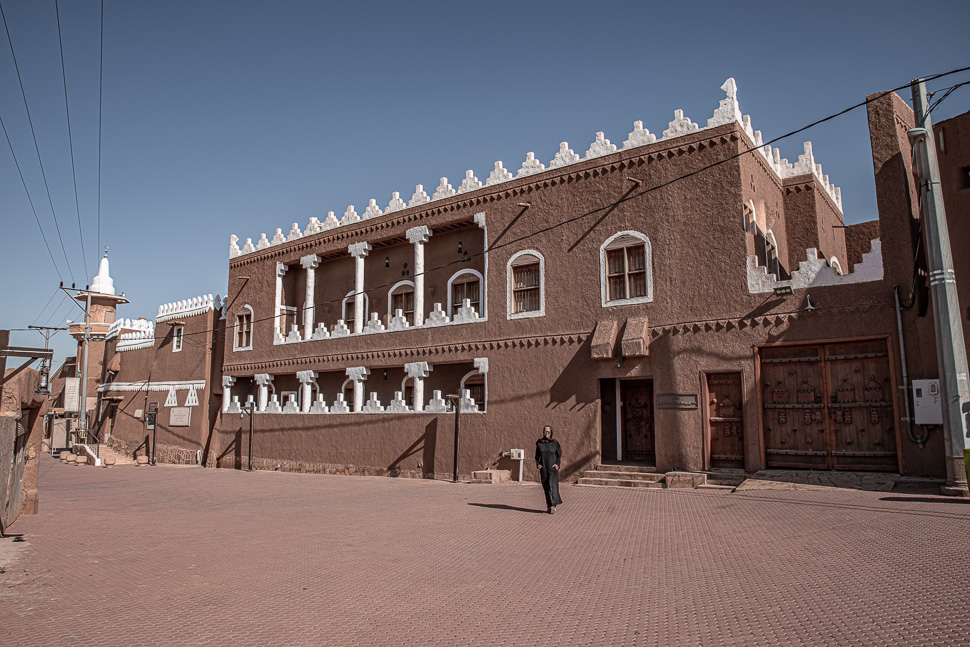
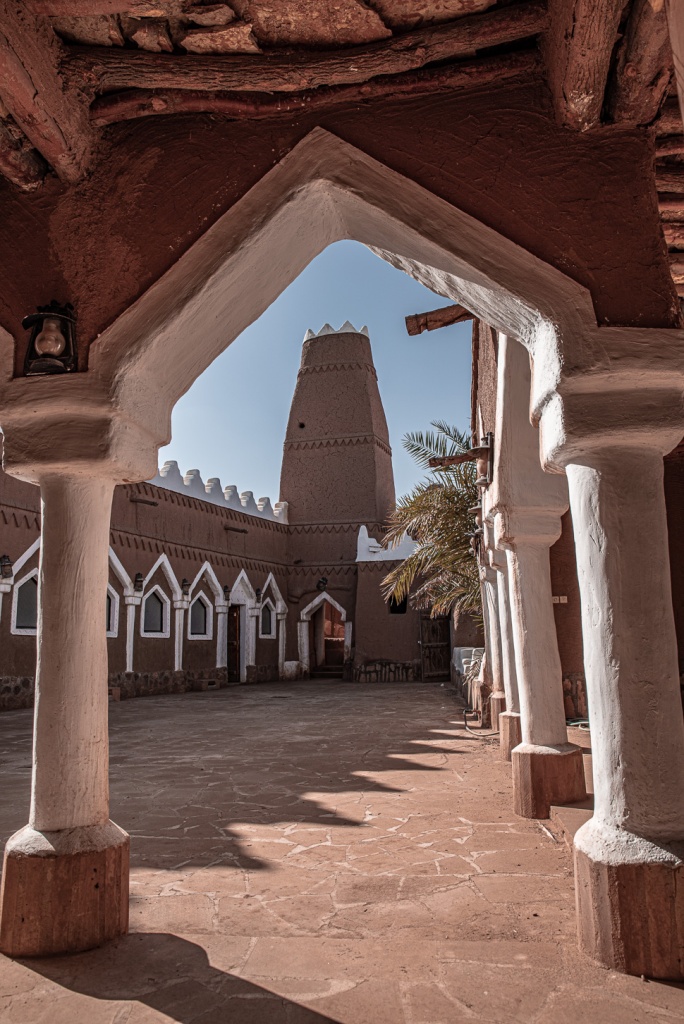
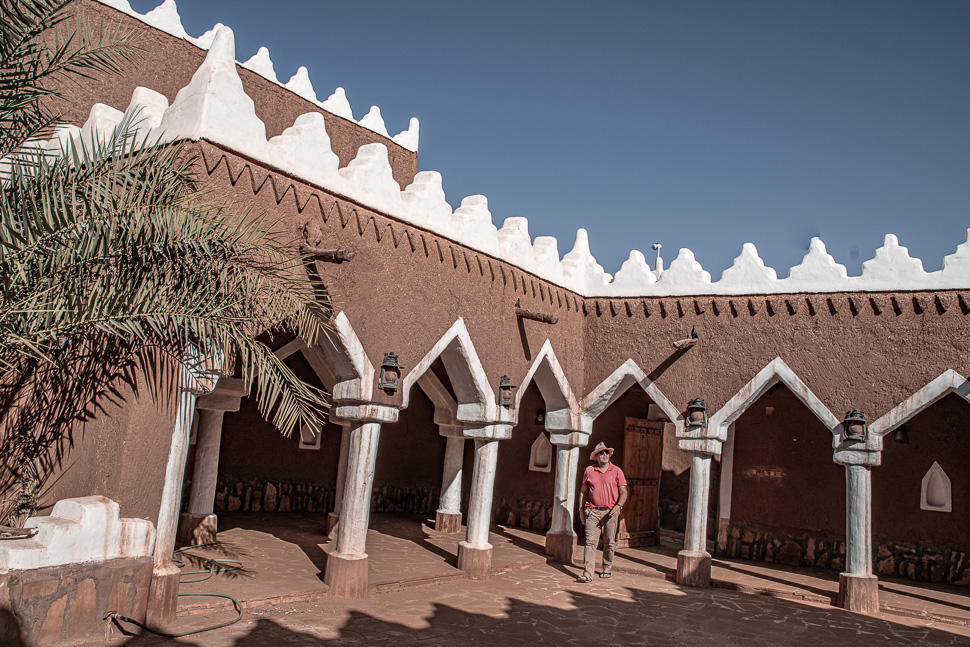
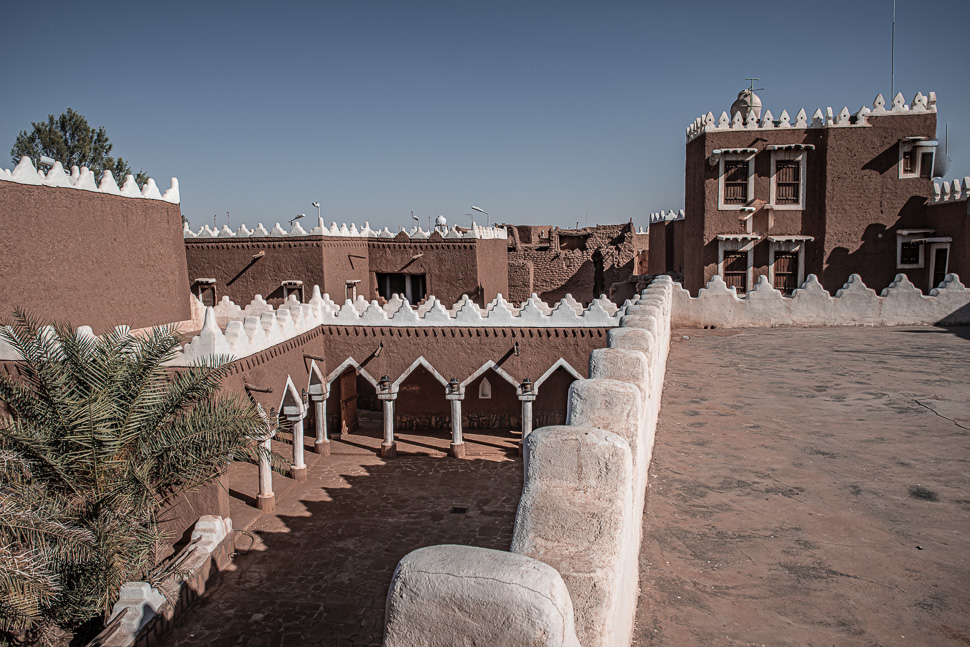
At Ushayqir, there were big houses restored, which show the wealth of the time, when pilgrims came past this town and trade was a good business for the citizens.
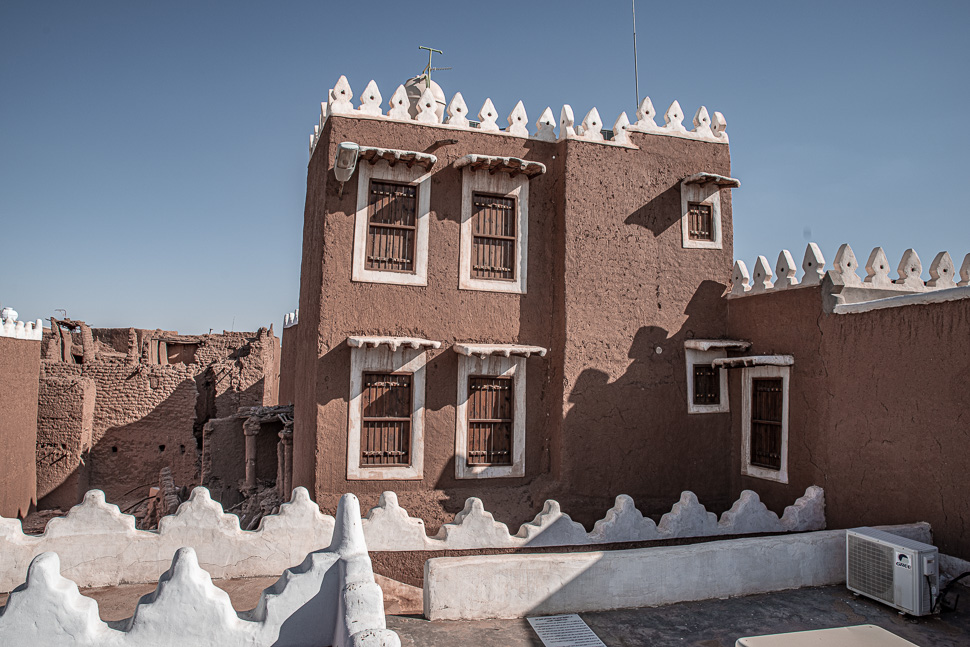
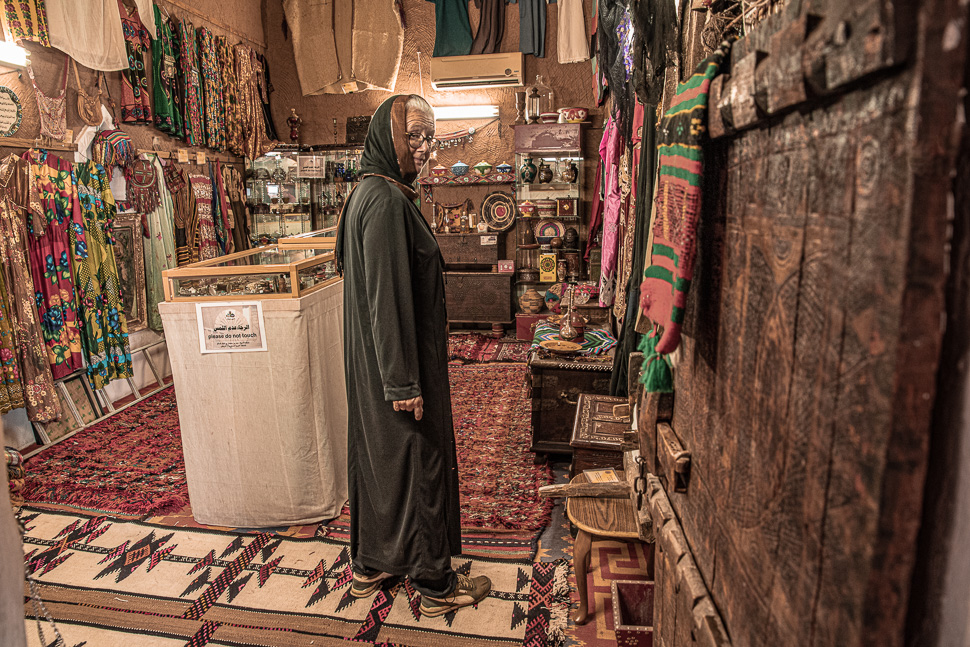
We visited a little museum, full of items the people used here in past times. We saw many odd objects, but it was interesting to explore this collection.
For the night, we drove up Mount Ushayqir, where a big picknick park was a great place to spend the night. The next morning we did all the essentials in Shaqra: stock up at a big supermarket, fill up with Diesel and water. Now we were ready for some adventures. We planned to drive a 250km long off-road route – more soon!
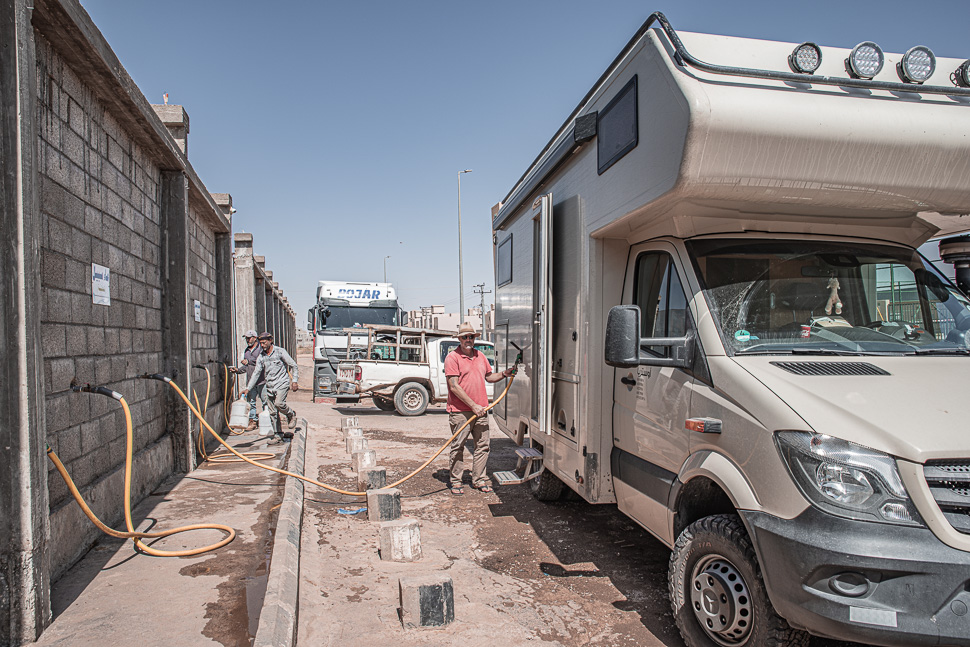
On the way, we noticed huge trailers built like a caravan. Often they were pulled by a water tanker. This seems to be the way many Bedouins live now, taking the caravan to the pastures together with their camels.
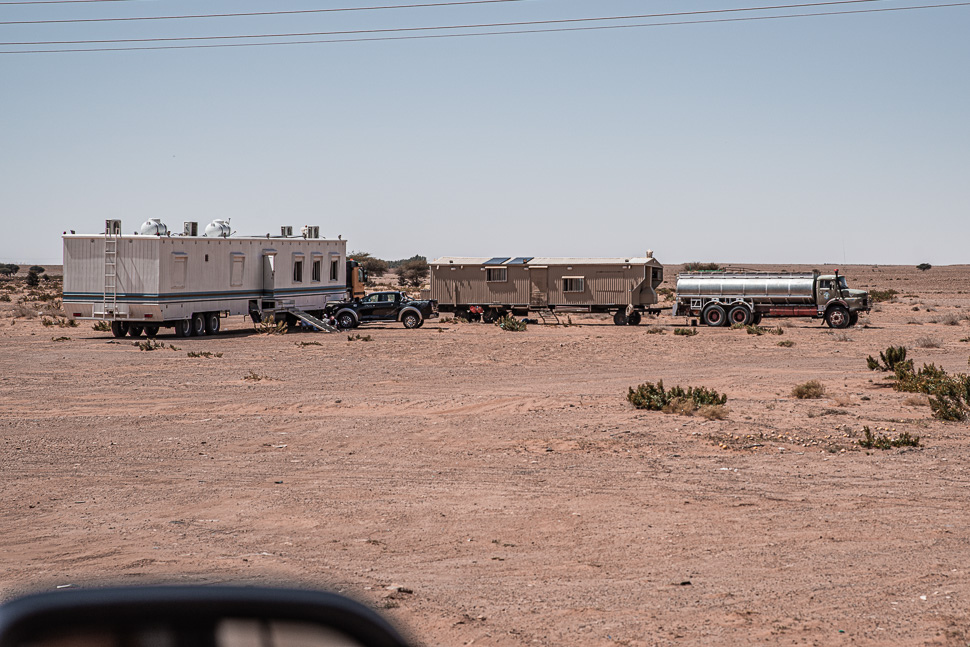
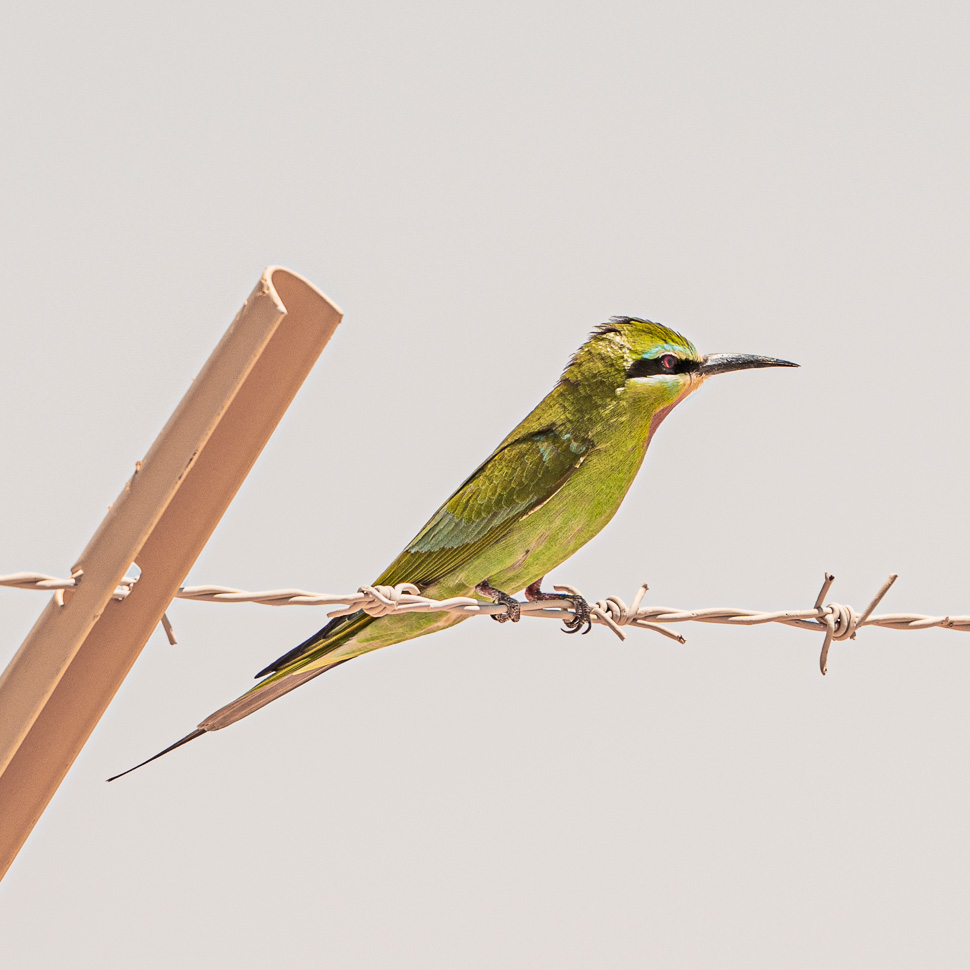
On the way, we spotted this lovely bee-eater. I expected it to be an Arabian Bee-eater, but it turned out it was a Blue-cheeked Bee-eater, which breed in Northern Africa and the Middle East, but are wintering in tropical Africa.
